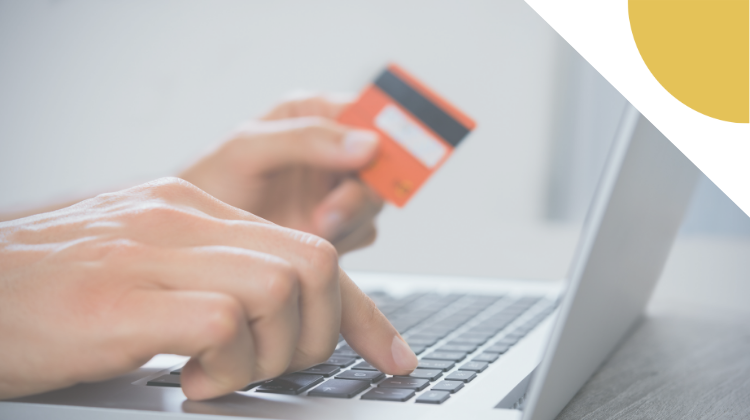Payments
What is driving the adoption of digital payouts?
- Historically, banks have been considered the safe haven to park capital and receive funds -- however, many younger consumers, who tend to be more familiar with digital wallets, increasingly prefer non-bank payouts.
- The question then becomes, how can merchants keep up with customers’ increasingly dynamic needs?









